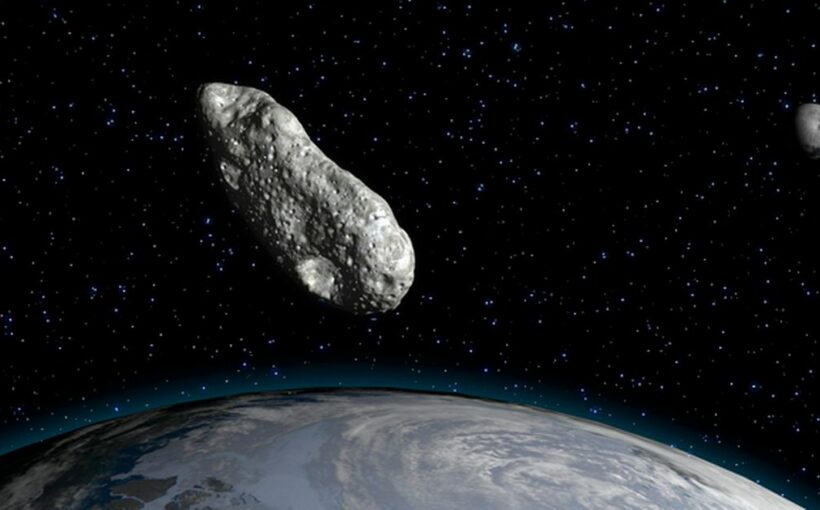A massive asteroid up to twice the size of Big Ben will enter the Earth’s orbit this week.
NASA is tracking the space rock, dubbed 2021 PT, which will make its approach on Sunday, August 29.
It has a diameter of 110m – 240m, while Big Ben stands at just 96m.
It is travelling at a speed of more than 16,000 mph, but will pass by the Earth at a distance of more than three million miles.
For comparison, the moon is 238,855 miles away from us.
It is classed as an Apollo asteroid, “near-Earth asteroid orbits which cross the Earth's orbit similar to that of 1862 Apollo”.
Another asteroid being tracked by NASA is 2011 UC292.
It has a smaller diameter of 73m – 160m , but is travelling at a quicker speed of 19,103mph.
However, it will also pass by Earth at a safe distance of more than two million miles on Tuesday, August 24.
In a recent study, scientists believe they may have come closer to identifying the origins of the asteroid that wiped out the dinosaurs.
Since the late 1970s, researchers have been increasingly sure the space rock landed near the Yucatán Peninsula in Mexico.
It smashed into the Earth at over 67,000 mph, forming the 93-mile-wide Chicxulub impact crater, and was completely destroyed by the collision.
But it left a tell-tale layer of layer of iridium-rich clay at the boundary between the Cretaceous and Paleogene periods, 66 million years ago.
Iridium, a metal that’s normally only found deep underground on Earth, is known to be common in asteroids.
Research by scientists from the Southwest Research Institute in Colorado, suggests that the killer object was almost certainly a giant dark primitive space rock from the outer reaches of the asteroid belt betweenMarsand Jupiter.
Dark asteroids are so-called because their chemical composition makes them almost invisible in the blackness of space.
To keep up to date with all the latest news stories, make sure you sign up to one of our newsletters here.
Source: Read Full Article


